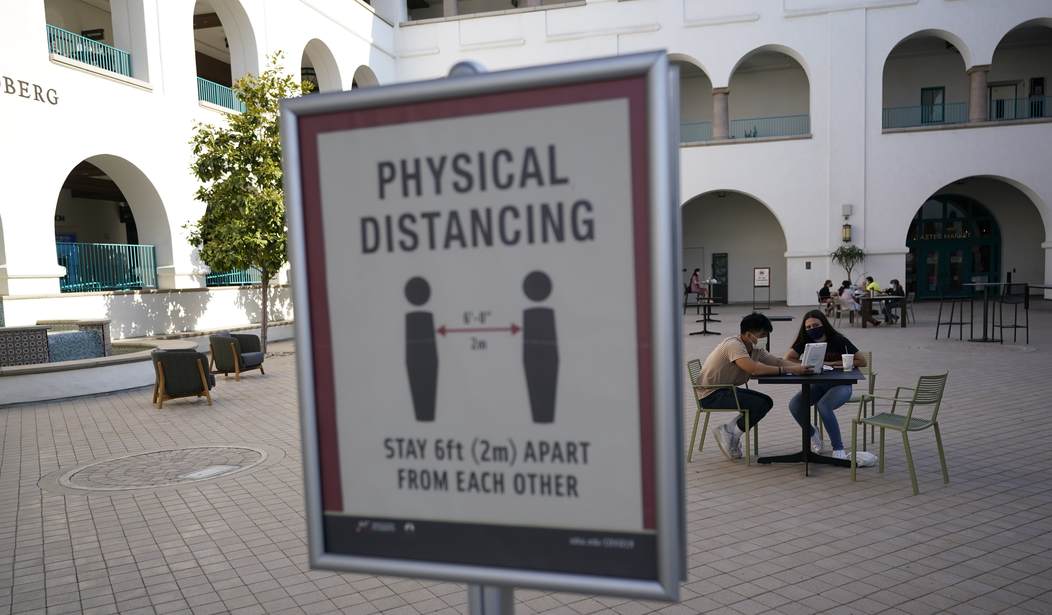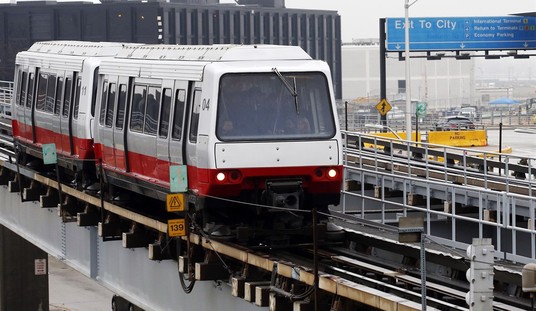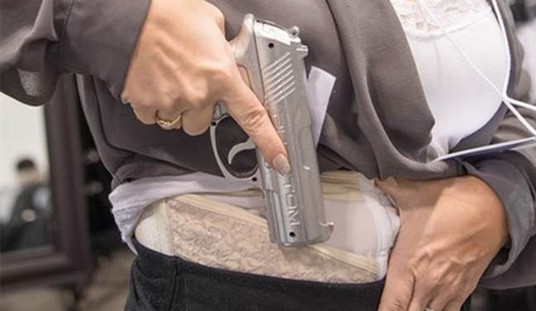The Democratic mayor of Cincinnati, Ohio is pointing the finger at Republican governor Mike DeWine’ COVID-19 shutdowns for a surge in violent crime in the city last year, though even some of his fellow Democrats are skeptical about Mayor John Cranley’s argument.
Cranley, who’s running for the Democratic nomination for governor in next year’s elections, was responding to a tweet from the Ohio Republican Party that criticized his handling of crime and public safety, but his assertion that DeWine’s shutdown is to blame for the city’s crime woes isn’t going over well, in part because Cranley was a vocal supporter of DeWine’s restrictions at the time.
DeWine caused the 2020 spike in crime with his disastrous shutdown. You're entitled to your own opinion but not your own facts. The facts are that during my tenure as mayor, violent crime is down by over 23% in Cincinnati and homicides are down 21% YTD. https://t.co/F27WR6hfqj
— John Cranley (@JohnCranley) June 3, 2021
FOX 19 in Cincinnati points out that while Cranley was indeed supportive of the shutdowns when they were announced in March of last year, by the summer he was asking DeWine to lift some of the restrictions that were in place.
In April 2020, Cincinnati Police Chief Eliot Isaac said that “natural surveillance” was hampered by the stay-at-home order. In other words, fewer people were walking around to witness possible crimes and report them.
In late August, Isaac and Cranley asked DeWine to lift the city’s curfew on bars and restaurants, saying some violence was tied to after-parties at rental properties in the city. But DeWine declined, saying he couldn’t legally cut Cincinnati out of the curfew and other mayors, including Democratic gubernatorial candidate Nan Whaley, supported the early last call.
“This was the problem with Gov. DeWine, his heavy-handed approach. I had no problem with the mayors of Dayton or Columbus deciding what’s best for their communities,” Cranley said. “I never accepted that local communities shouldn’t be allowed to make the best judgment for themselves.”
The biggest problem with Cranley’s argument is that while violent crime has declined slightly in the city this year, it’s still much higher than it was before the COVID restrictions were put in place.
As of Friday, there had been 30 homicides in Cincinnati in 2021, 24 of which resulted from shootings. This is a decrease from 2020, which saw 37 killings during the same period.
However 2018 and 2019, the incidence of violence was far less than average. From Jan. 1 to May 28, there were 12 and 14 homicides each year respectively.
Overall shootings remain elevated as well. So far this year, there have been at least 143 shootings. That’s an 11% decrease over the same period in 2020, but a 33% increase compared to those times in 2018 and 2019.
Since the Cincinnati Inquirer’s story a week ago, there’ve been at least two more homicides in the city, so the number of murders and shootings hasn’t really declined by much. On the other hand, crime in the city is at least dropping by a small amount, while in Columbus, Ohio the homicide rate is double what it was this time last year.
I do think there’s something to be said about the argument that the COVID-19 shutdowns helped to increase violent crime, but you can’t pin all of the blame on DeWine’s policies. The teachers union in Cincinnati sued the school district in order keep kids learning virtually instead of in classrooms earlier this year, and there’s strong evidence that the lack of in-person education has been a factor in the rise in juvenile crime. In addition, like many other cities Cincinnati has a number of police officer positions left unfilled, and I suspect that’s also had an impact on the city’s crime rate.
However, it’s kind of refreshing to see a Democrat blame the rise in their city’s crime on COVID-19 lockdowns and not legal gun owners, especially since last summer Cranley was quick to blame gun ownership for the city’s violence.
Cranley said “guns are far too prevalent” in Cincinnati as he expressed concern about the deadly spate of violence early Sunday.
Cranley said said part of the problem is large gatherings in homes and parks after 10 p.m., the new state-mandated last call at bars designed to curb the spread of the coronavirus.
“Guns are far too prevalent at these gatherings,” Cranley said. He urged people not to attend such gatherings so they don’t “end up as an innocent victim.”
“We will bring the shooters to justice,” Cranley said. “I am also calling on everyone to help put an end to this culture of resolving personal disputes with guns as well as to reduce the far too prevalent availability of illegal guns on our streets.”
Guns are just as prevalent in Cincinnati now as they were last summer, but violent crime has declined a bit since then. If gun ownership was the reason for the city’s most violent year ever, then 2021 should be even worse than 2020, but it’s not. Maybe that’s why Cranley’s latest excuse for the city’s violence is the COVID shutdowns instead of the Second Amendment. If Cincinnati’s homicide rate climbs over the summer, however, don’t be surprised to see Cranley once again blame inanimate firearms for the actions of individual criminals.









Join the conversation as a VIP Member